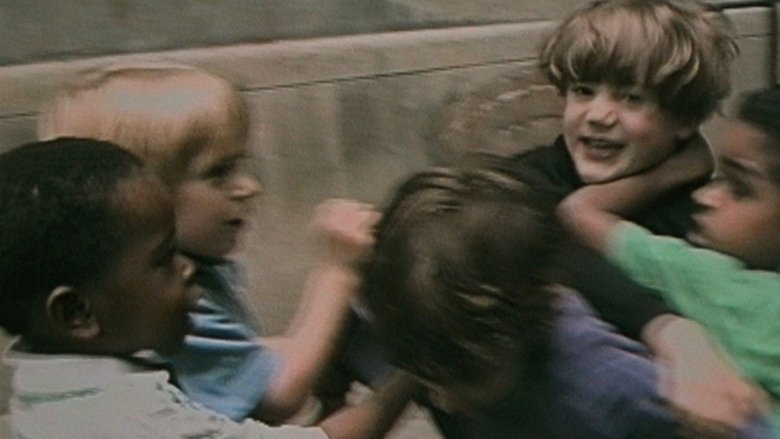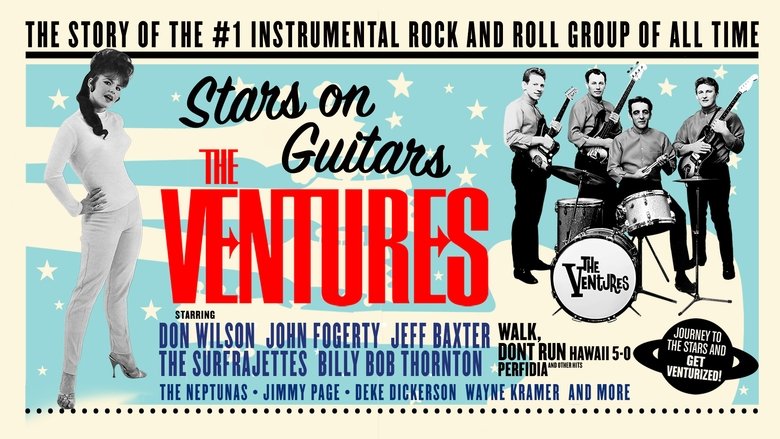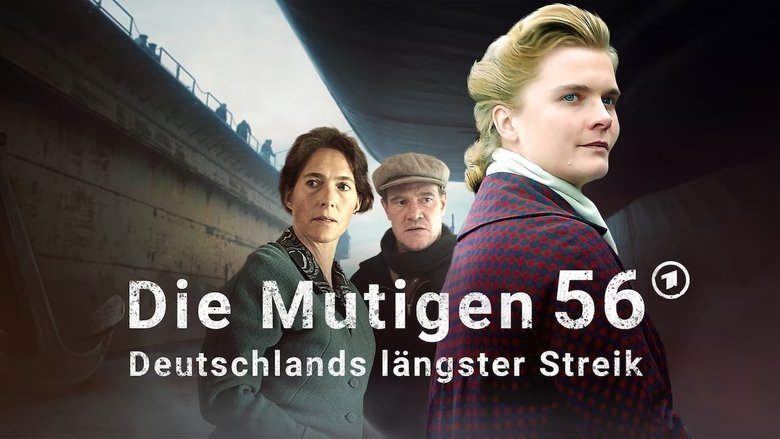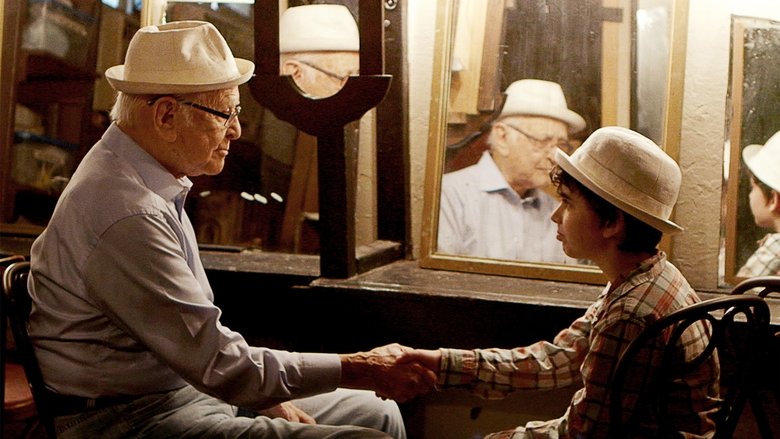
Out of State (2017)
Out of State is the unlikely story of native Hawaiians men discovering their native culture as prisoners in the desert of Arizona, 3,000 miles, and across the ocean, from their island home.

Out of State is the unlikely story of native Hawaiians men discovering their native culture as prisoners in the desert of Arizona, 3,000 miles, and across the ocean, from their island home.
The minutiae of daily life on Edinburgh's Rose Street in the fifties is presented in this impressionistic documentary piece.
Six adult siblings and the vicissitudes of fertility, infertility, and the desire - met and unmet - for a baby. Focusing on one couple's attempt to become pregnant, and the inevitable highs and lows of a year of hope and disappointment.

As French kindergarteners pour forth for recess, play takes on epic proportions. In every corner, some miniature drama is unfolding. Violence, love, jealousy, treachery are all here! This is human society in the making.
Pescenica is an old industrial suburb of Zagreb. As a satirical depiction of Croatia's recent politics, it has been declared independent republic. What's it like there today? Over a year, the film crew was combing streets, avenues, parks and backyards, focusing on the lives of four Pescenica inhabitants: its self-proclaimed president, a teacher in a Roma school, a cleaning lady in a film distribution company and a young stage director. All that in order to portray Pescenopolis, the film's protagonist that floats between mud and clouds.

War is a compelling stimulus to the imagination, creating some of our richest and most powerful artistic inspiration. Oscar-winning actor Eddie Redmayne takes an intensely emotional journey, visiting artists’ studios, museums and travelling to battlefield locations to shine a powerful light into the abyss of warfare, where War Artists have left a unique legacy.
Tales of Two Who Dreamt is set in a housing block in Toronto and pivots on representation and self-representation. Here, a Roma family rehearses the stories of their past for the upcoming hearing on their residency status.

Documentary film on the #1 instrumental rock group in the world, The Ventures. The story of their rise to fame in the 1960s right up to now, as they celebrate their 60th anniversary of playing the best guitar-rock of all time.
A heartwarming exploration of a community art project by photographer Tawfik Elgazzar providing free portraits for locals and passers-by in Sydney, Australia's Inner West. The film explores the nature of individuality, cultural diversity and the positive joy for the photographer of seeing his subjects smile.
In a poor eastern quarter of Montreal, a restaurant is dedicated for the poors only: le Chic Resto Pop. It used the surplus of some merchants to offer cheap meals. The young people who work there for free get a lot of satisfaction in their work in spite of the difficulties. The movie is build around six songs written by them.
Welcome to the magnificent yet unheralded world of choral music. A world inhabited by exceptional beings who have the capacity to experience joy from a single musical note. Individuals who partake in remarkable efforts to unveil that dream of beauty which preoccupies each and every one of them. You may notice them singing anywhere and everywhere: at the wheel, in the shower, even in the kitchen. But above all, they sing together, men and women of all ages and various backgrounds, transformed by the radiant glory of song, and united under the banner of L'Ensemble vocal d'Outremont. Music is at the centre of their universe and gives them the intense feeling of belonging to the human race. Especially as the big night approaches and the collective dream of perfect harmony is but a breath away.
14-year-old Mie is an elite dancer. When her partner stops dancing, her family decides to search for a new partner abroad. Russian Egor finds out that his mother has set up a try out for him, and if this turns out well, Egor will travel to Denmark. Since May 2011, he has lived with Mie and her parents in Denmark, where everything indicates that they are the perfect match on the dance floor. In Mie's home, however, problems are piling up. The family has suddenly gained a new member, and had it not been for the growing success, Egor would probably have been put on a plane back to his mum by now.

Riding Giants is story about big wave surfers who have become heroes and legends in their sport. Directed by the skateboard guru Stacy Peralta.
The filmmaker, fighting ovarian cancer, stage 3, returns to her experimental roots, in a multilayered film of numerous chemotherapy sessions with images of light and movement that take her far from the hospital bed. A a cancer ‘thriver’ rather than ’survivor’, Barbara Hammer rides the red hills of Georgia O’Keefe’s Ghost Ranch in New Mexico, the grassy foothlls of the Big Horn in Wyoming, and leafy paths in Woodstock, New York changing illness into recovery. The haunting and wondrous music of Meredith Monk underscores and celebrates in this film that lifts us up when we might be most discouraged.
The story of the complex man and 75-year-old writer named Paul Gratzik, who worked as a Stasi informant in the GDR and was known as a “man of extremes”. However, after spying on friends and colleagues for more than 20 years, Gratzik decided to voluntarily expose himself in the 1980s.
Documentary about poet Sascha Anderson.

The epic life story of Alice Guy-Blaché (1873–1968), a French screenwriter, director and producer, true pioneer of cinema, the first person who made a narrative fiction film; author of hundreds of movies, but banished from history books. Ignored and forgotten. At last remembered.

A chronicle of the three points of a political triangle — the legal left, the illegal (armed) revolution, and the enemy which threatens them both: the armed reactionary right. It is 1987. The dictatorship of Ferdinand Marcos has just been overthrown. Newly elected President Corazon Aquino struggles to wrench control of the country from her own military. A Rustling of Leaves poses the key question facing the revolutionaries and the Filipino Left: Should the People’s Movement continue the guerilla war, or do they dare enter legal politics and reveal the hidden face of the revolution?

Emma Freese is desperate when her husband Alfred falls ill at the Howaldtswerke in Kiel. How is the family supposed to get by without their wages? The war has scarred this generation, but now things are supposed to be looking up. The workers want their fair share and are fighting for an income that also gives them room to live. In October 1956, 34,000 metalworkers in the shipyards and factories of Schleswig-Holstein walk off the job to fight for justice and their dignity. This strike is still regarded as the toughest and longest in Germany. Employers and politicians stand in the strikers' way.

Arguably the most influential creator, writer, and producer in the history of television, Norman Lear brought primetime into step with the times. Using comedy and indelible characters, his legendary 1970s shows such as All In the Family, Maude, Good Times, and The Jeffersons, boldly cracked open dialogue and shifted the national consciousness, injecting enlightened humanism into sociopolitical debates on race, class, creed, and feminism.

The Big One is an investigative documentary from director Michael Moore who goes around the country asking why big American corporations produce their product abroad where labor is cheaper while so many Americans are unemployed, losing their jobs, and would happily be hired by such companies as Nike.